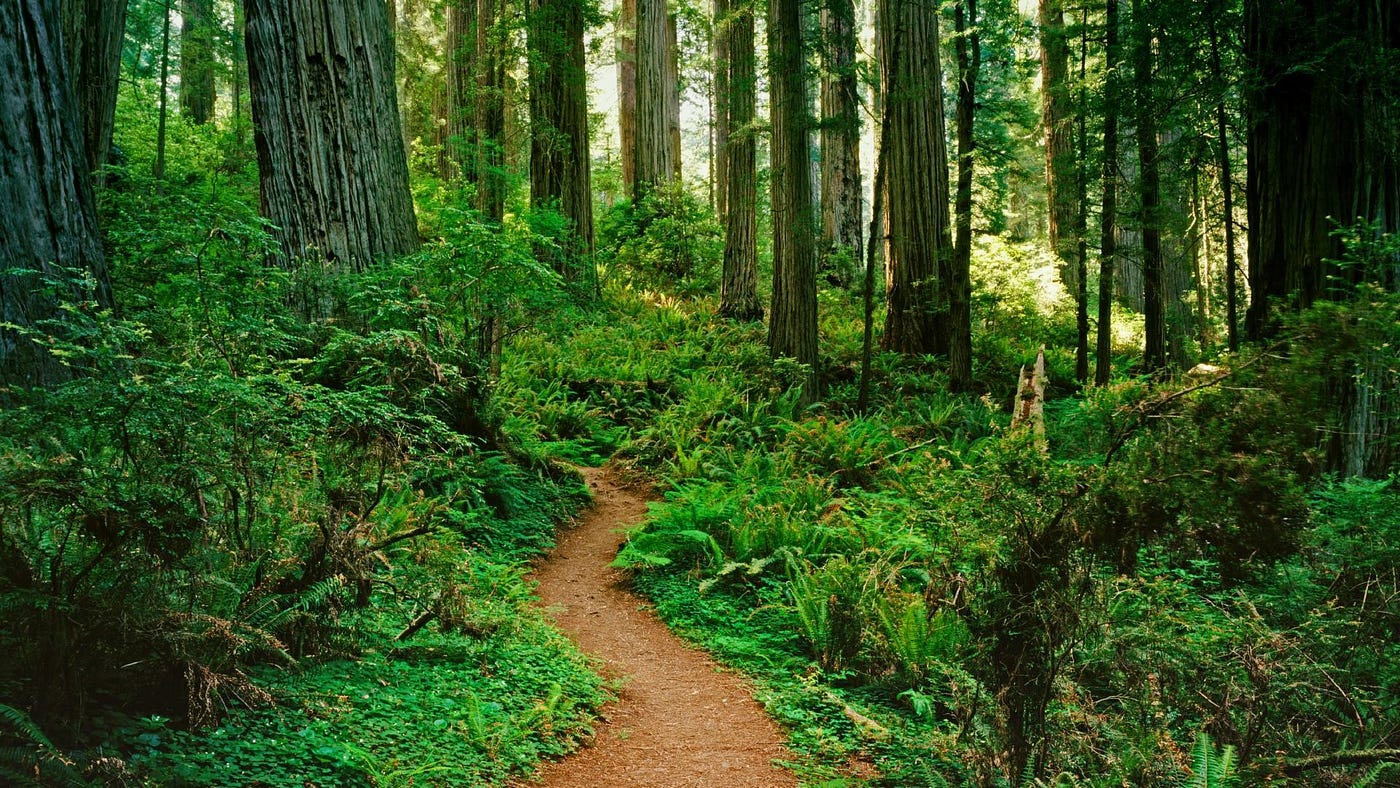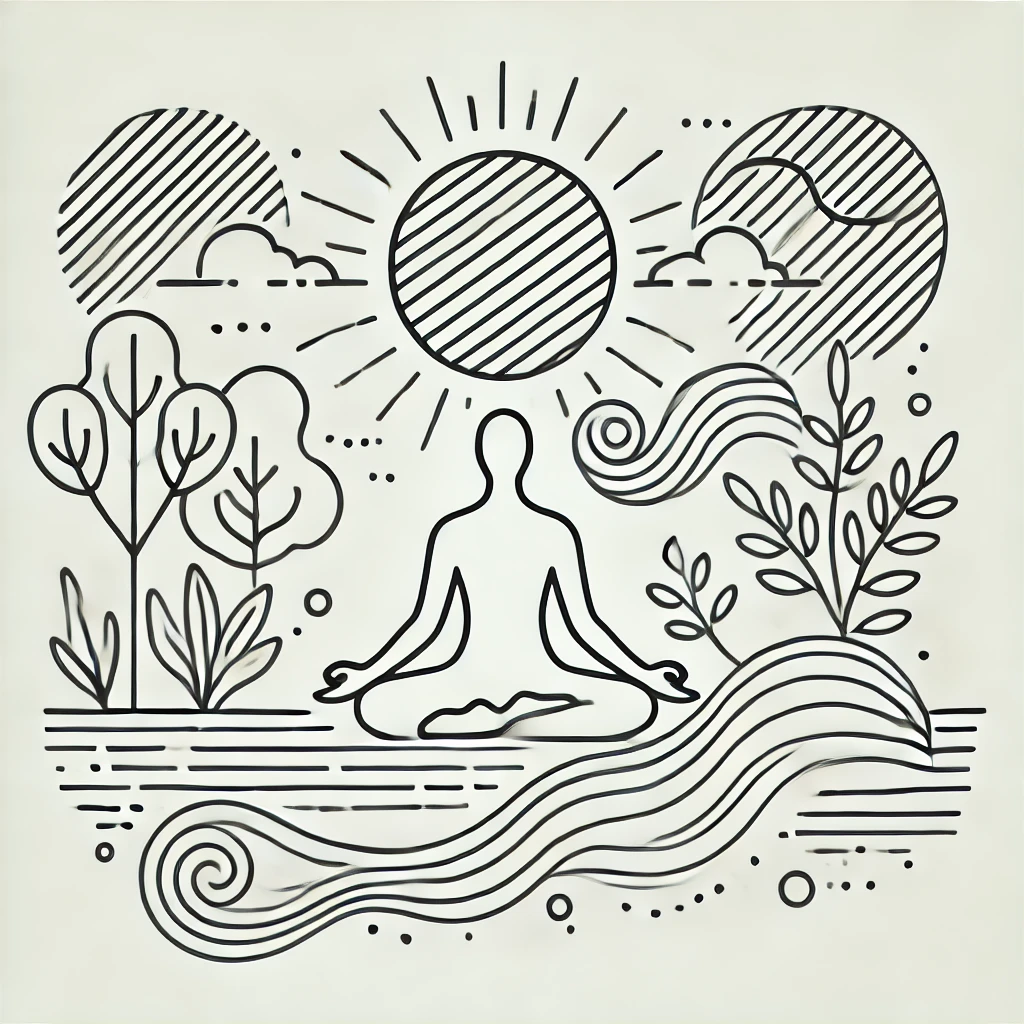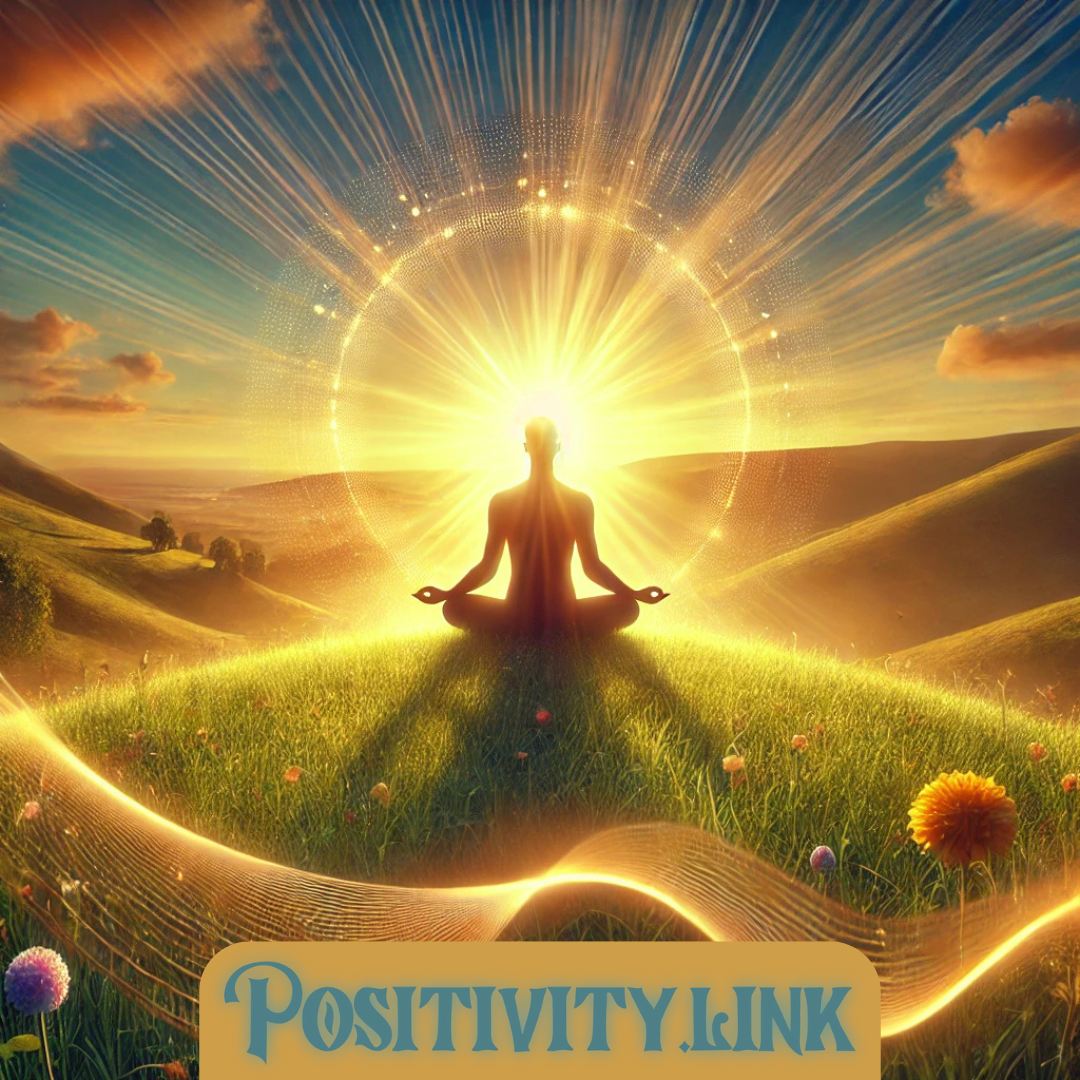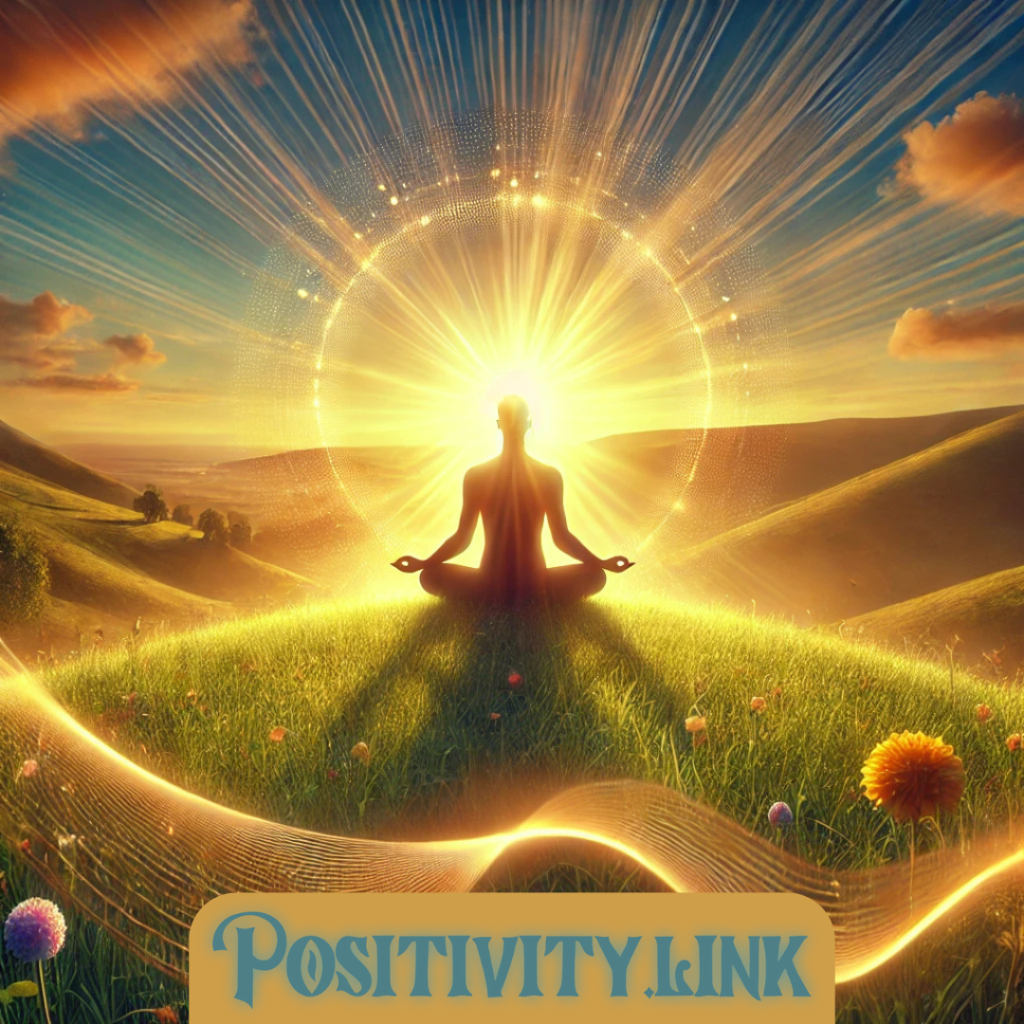Wellness is not about overhauling your entire life overnight. It’s about making small, intentional changes that, over time, lead to profound transformation. While we often seek quick results, the reality is that true, lasting wellness is built through consistent effort, patience, and self-compassion.
Many people start their wellness journey with big aspirations, exercising every day, cutting out sugar completely, meditating for an hour daily. While these goals are admirable, they can also be overwhelming. More often than not, extreme changes lead to burnout. Instead, the key is to focus on small, sustainable changes that become second nature. These little shifts compound over time, leading to greater physical, mental, and emotional well-being.
Let’s explore the small yet powerful changes you can start making today that will have a lasting impact on your health and happiness.
The Power of Rest: Prioritizing Sleep
One of the simplest yet most underrated wellness habits is getting enough quality sleep. Sleep is the foundation of energy, focus, and emotional stability. Without proper rest, even the best nutrition and exercise routine won’t be enough to keep you feeling your best.
How to Improve Sleep Without Overhauling Your Schedule:
- Create a calming bedtime routine – Try reading, dimming the lights, or stretching before bed to signal to your body that it’s time to wind down.
- Reduce screen exposure before sleep – Blue light from screens can interfere with melatonin production. Aim to turn off devices at least an hour before bed.
- Set a consistent sleep schedule – Going to bed and waking up at the same time daily regulates your body’s internal clock, making it easier to fall and stay asleep.
- Optimize your sleep environment – Keep your bedroom cool, dark, and quiet to improve sleep quality.
Sleep isn’t an instant fix. If you struggle with restlessness, don’t expect changes overnight. It might take weeks or even months of small adjustments before you notice significant improvements, but persistence will pay off.
Mindfulness: The Art of Being Present
In a world that thrives on distractions, mindfulness is a game-changer for reducing stress and improving emotional well-being. Being present allows us to navigate life with clarity and resilience.
Simple Ways to Incorporate Mindfulness Daily:
- Start with deep breathing – Taking just 60 seconds to focus on slow, intentional breaths can calm your nervous system.
- Practice mindful eating – Instead of rushing through meals, chew slowly and truly savor each bite.
- Turn daily activities into mindfulness moments – Whether it’s drinking tea, walking, or showering, focus on the sensations rather than letting your mind wander.
- Use mindfulness to manage emotions – Instead of reacting impulsively, take a moment to acknowledge what you’re feeling without judgment.
Mindfulness is a skill that takes time to develop. Some days will feel easier than others, but every effort you make strengthens your ability to stay present and grounded.
Movement: Small Steps Toward a More Active Life
You don’t need an intense workout routine to reap the benefits of physical activity. Moving your body regularly, even in small ways, can significantly improve your mood, energy levels, and overall health.
Simple Ways to Add More Movement to Your Day:
- Stretch in the morning or before bed – Just a few minutes of stretching helps improve flexibility and circulation.
- Take movement breaks – Stand up and walk around every hour, especially if you sit for long periods.
- Turn chores into exercise – Vacuuming, gardening, and cleaning all count as movement.
- Make it fun – Dance to your favorite song, play with pets, or take a walk while listening to a podcast.
The key is to remove the pressure of formal workouts and focus on movement as a natural and enjoyable part of your life. Even five extra minutes of movement per day is progress, it’s all about consistency.
Fueling Your Body with Nourishing Foods
Nutrition plays a massive role in overall well-being, but drastic diet changes are often unsustainable. Instead of restrictive eating, focus on small, positive changes that make a big difference over time.
Easy Nutrition Shifts for Better Wellness:
- Hydrate more – Start your day with a glass of water and keep a bottle nearby throughout the day.
- Add, don’t restrict – Instead of focusing on what to cut out, add more whole foods like fruits, vegetables, and protein-rich meals.
- Practice portion awareness – You don’t need to count calories, but eating slowly and listening to your body’s hunger cues can prevent overeating.
- Limit processed foods gradually – If you love sweets or fast food, try reducing portion sizes instead of cutting them out completely.
Your relationship with food is just as important as the food itself. Give yourself grace, and remember that occasional indulgences are part of a balanced lifestyle.
The Mental Shift: Cultivating a Positive Mindset
Wellness is not just physical, it’s deeply tied to our thoughts, emotions, and mental habits. Shifting to a more positive mindset helps you handle challenges with resilience.
Daily Practices to Cultivate Positivity:
- Practice gratitude – Write down three things you’re thankful for each day.
- Reframe negative thoughts – Instead of “I’ll never be good at this,” try “I’m improving with practice.”
- Surround yourself with uplifting people – The energy of those around you can either inspire or drain you. Choose wisely.
- Celebrate small wins – Progress, no matter how small, is still progress.
Your mindset won’t change overnight. Some days will be harder than others, but each small effort adds up. The more you reinforce positivity, the more natural it becomes.
Progress is a Process, Not Perfection
The most important thing to remember is that wellness is a journey, not a destination. There is no finish line, no perfect routine, and no single moment where you suddenly have it all figured out.
Some changes will come easily, while others will take time. There will be setbacks, days where motivation is low, and times when old habits resurface. That’s normal. What matters is that you keep going. Even if progress feels slow, you are still moving forward.
How to Stay Motivated When Progress Feels Slow:
- Focus on consistency, not perfection – If you miss a day, don’t let it derail your entire journey.
- Look at the long-term picture – Small daily efforts add up over months and years.
- Remind yourself why you started – Wellness is about feeling better, not just looking a certain way.
- Be kind to yourself – You are human. Growth takes time.
Every small choice you make in favor of your well-being is an act of self-care. Whether it takes months or years to reach your goals, what matters is that you are on the path.
Join a Community That Supports Your Wellness Journey
If you’re looking for inspiration, accountability, and encouragement, join Positivity.link! Surrounding yourself with like-minded people can make a world of difference in staying committed to your wellness goals. Together, we can celebrate small victories, support each other through setbacks, and continue striving toward a brighter, healthier future.
🌿 Join the journey today: Positivity.link
No matter where you are in your wellness journey, remember this, small changes add up, and you are capable of incredible transformation. 💙














